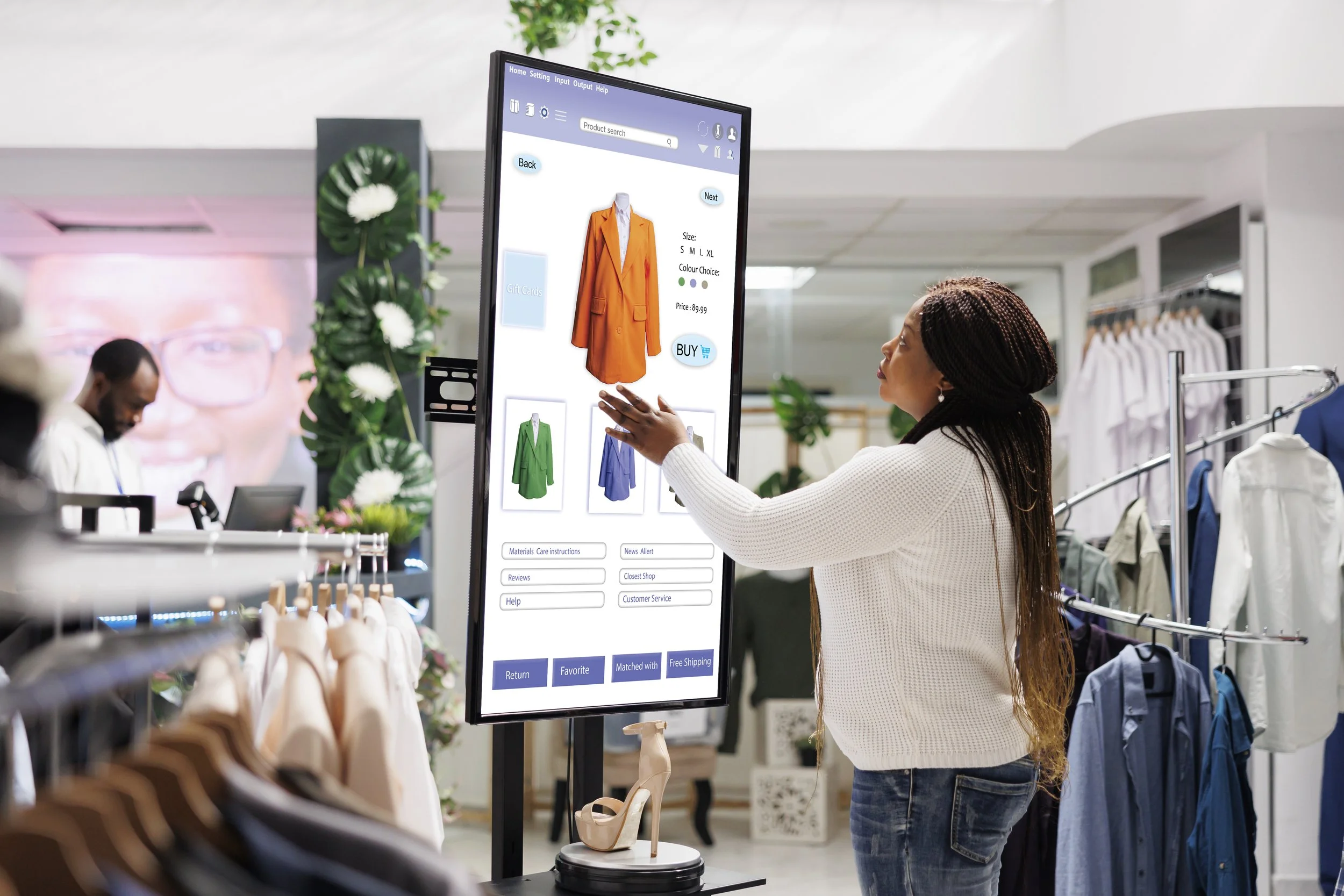Consumer Behavior Shifts in Retail
Consumer behavior is evolving faster than ever. Today’s shoppers expect seamless experiences, personalized interactions, and brands that reflect their values.
For retailers, staying competitive requires understanding these shifts and adapting to meet changing expectations. Ignoring these trends isn’t an option.
Let’s explore the latest trends and strategies to align with today’s consumers.
Key Shifts in Consumer Behavior
The retail industry is witnessing transformative changes in consumer preferences and habits. Here are the most notable trends reshaping the market:
1. Growth of Online Shopping
The convenience of online shopping has become a standard expectation. Customers now look for seamless digital experiences, from easy navigation to fast delivery options.
2. Personalization is Key
Shoppers increasingly expect tailored experiences, including personalized recommendations, exclusive offers, and curated content that reflects their preferences.
3. Rising Focus on Sustainability
Today’s consumers are more environmentally conscious, favoring brands that prioritize eco-friendly products and transparent green practices.
4. Changing Loyalty Drivers
Customer loyalty is now built on trust and value alignment rather than just rewards programs. Shoppers are drawn to brands that resonate with their values and deliver consistent quality.
Strategies to Adapt to Changing Consumer Behavior
To thrive in a rapidly evolving market, retailers must embrace strategies that align with modern consumer expectations. Here’s how to stay ahead:
1. Invest in Omnichannel Solutions
Consumers expect a seamless shopping experience across online and offline channels. Ensure your systems are integrated, enabling customers to browse online, check in-store availability, and make purchases through their preferred channels. Features like click-and-collect and mobile-friendly interfaces can enhance convenience and engagement.
2. Leverage Data for Personalization
Customer data is a powerful tool for creating tailored experiences. Use analytics to understand buying habits, preferences, and past interactions. Offer personalized product recommendations, customized promotions, and targeted messaging to build stronger connections with shoppers.
3. Embrace Sustainability
Modern consumers gravitate toward brands that prioritize environmental responsibility. Stock eco-friendly products, adopt sustainable packaging, and communicate your green initiatives transparently. This builds trust and appeals to environmentally conscious buyers.
4. Focus on Convenience
Speed and ease are non-negotiable for today’s shoppers. Offer same-day delivery, simplified returns, and hassle-free payment options to create a frictionless shopping experience. Convenience fosters loyalty and encourages repeat business.
5. Enhance In-Store Experiences
Brick-and-mortar stores remain relevant when they offer unique, interactive experiences. Introduce technology like smart mirrors, mobile checkouts, or interactive displays to create engaging environments that complement online shopping.
Benefits of Adapting to Consumer Trends
Aligning with changing consumer behavior offers significant advantages for retailers:
1. Improved Customer Retention
Meeting consumer expectations fosters loyalty and trust, encouraging repeat purchases and long-term relationships.
2. Higher Sales
Personalized experiences and convenient shopping options drive conversions, boosting revenue. Customers are more likely to buy when their preferences are understood and accommodated.
3. Stronger Brand Image
Brands that prioritize sustainability, personalization, and innovation build a positive reputation. This appeals to socially conscious consumers and enhances market credibility.
4. Competitive Edge
Retailers who adapt quickly to consumer trends can outpace competitors, securing their position in the market and capturing emerging opportunities.
Steps to Track and Adjust Strategies
Adapting to shifting consumer behavior requires continuous monitoring and fine-tuning. Follow these steps to stay agile in a dynamic market:
1. Collect Customer Feedback
Engage with customers through surveys, reviews, and social media to understand their preferences and pain points. Direct feedback provides valuable insights into what’s working and where improvements are needed.
2. Monitor Performance Metrics
Analyze key data points like sales trends, customer engagement rates, and conversion metrics. These indicators help identify shifts in behavior and measure the impact of your strategies.
3. Test and Refine Strategies
Implement small changes, such as tweaking marketing campaigns or trialing new services, and assess their results. A/B testing allows you to compare outcomes and refine your approach for maximum effectiveness.
4. Stay Informed on Trends
Keep up with industry reports, consumer studies, and competitor activities. Awareness of emerging trends ensures you’re prepared to pivot and innovate when necessary.
From Strategy to Success
Consumer behavior is constantly evolving, and you must adapt to stay relevant and successful.
The rewards are clear: improved customer loyalty, higher sales, and a stronger market presence.
Ready to meet the challenges of changing consumer behavior?
Become a member of my free Facebook group to get more insights.
Click the link below to join now!

